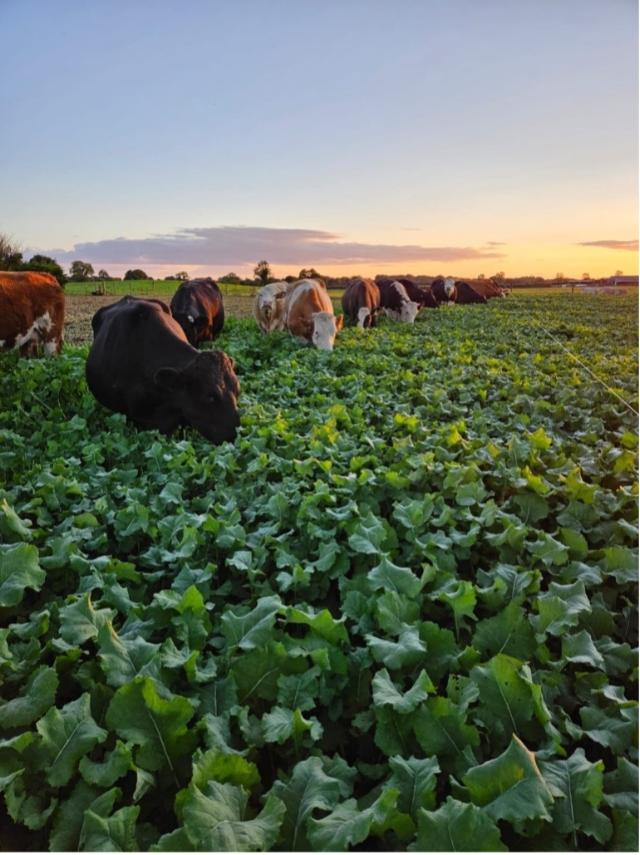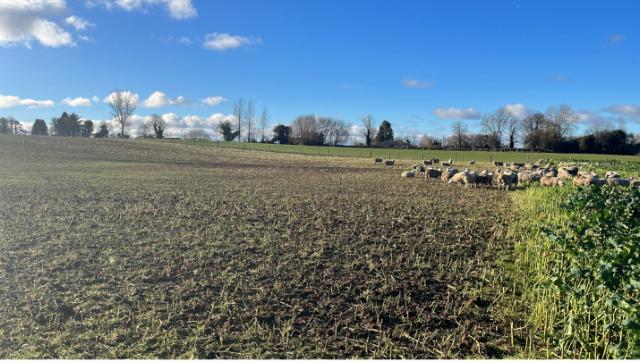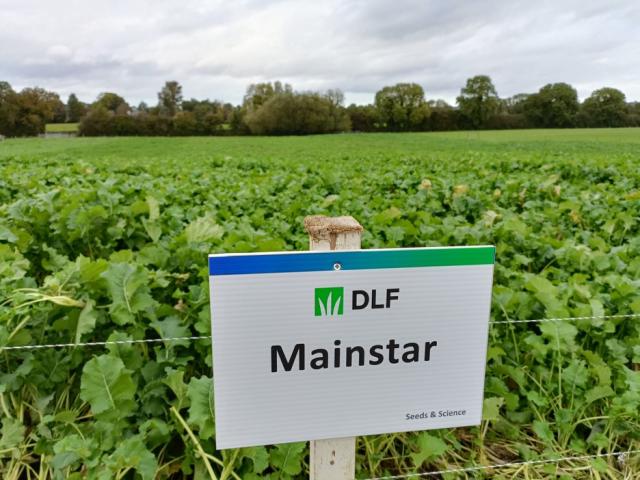
Brassicas Benefit your farm’s Bottom Line
There are a multitude of benefits Brassicas bring to your farm
In the face of high feed costs and increasing demands for sustainable and efficient farming practices, Irish farmers are constantly seeking forage solutions that offer both agronomic and economic benefits.

Why Consider Brassica's For Your Farm?
One such solution may come from the Brassica plant family. Related to cabbage, brussels sprouts and broccoli, when grown as forage crops brassicas like Mainstar New Hybrid Brassica Leading The Way In Irish Trials and Tyfon can provide valuable fodder at any time of year.
These crops are widely recognised for their rapid growth, high nutritional value and versatility as break crops, cover crops and even drought buffers. The multitude of benefits Brassicas bring to your farm are outlined below.
1. High Yield and Rapid Growth
Brassicas are prized for their ability to establish quickly and produce large volumes of leafy biomass within 10 to 12 weeks of sowing. When sown in mid-summer (typically July to August), they can be grazed from late autumn through winter, filling a critical feed gap when grass growth slows. Yields of 4–6 tonnes of dry matter per hectare are achievable under good conditions, offering a cost-effective forage source.
2. Excellent Nutritional Profile
3. Flexibility in Livestock Systems
4. Soil Health and Crop Rotation Benefits
5. Cost-Effectiveness and Risk Reduction
6. Environmental and Climate Resilience
Summary
Brassicas are a high-performing, adaptable forage option that fits well into both livestock and mixed farming systems in Ireland. Their combination of high yield, nutritional value, soil benefits, and cost-effectiveness makes them a valuable asset for farmers looking to improve feed self-sufficiency, support animal performance, and enhance farm resilience.
Want to know more? Why not reach our to your local DLF Business Represetative today?
